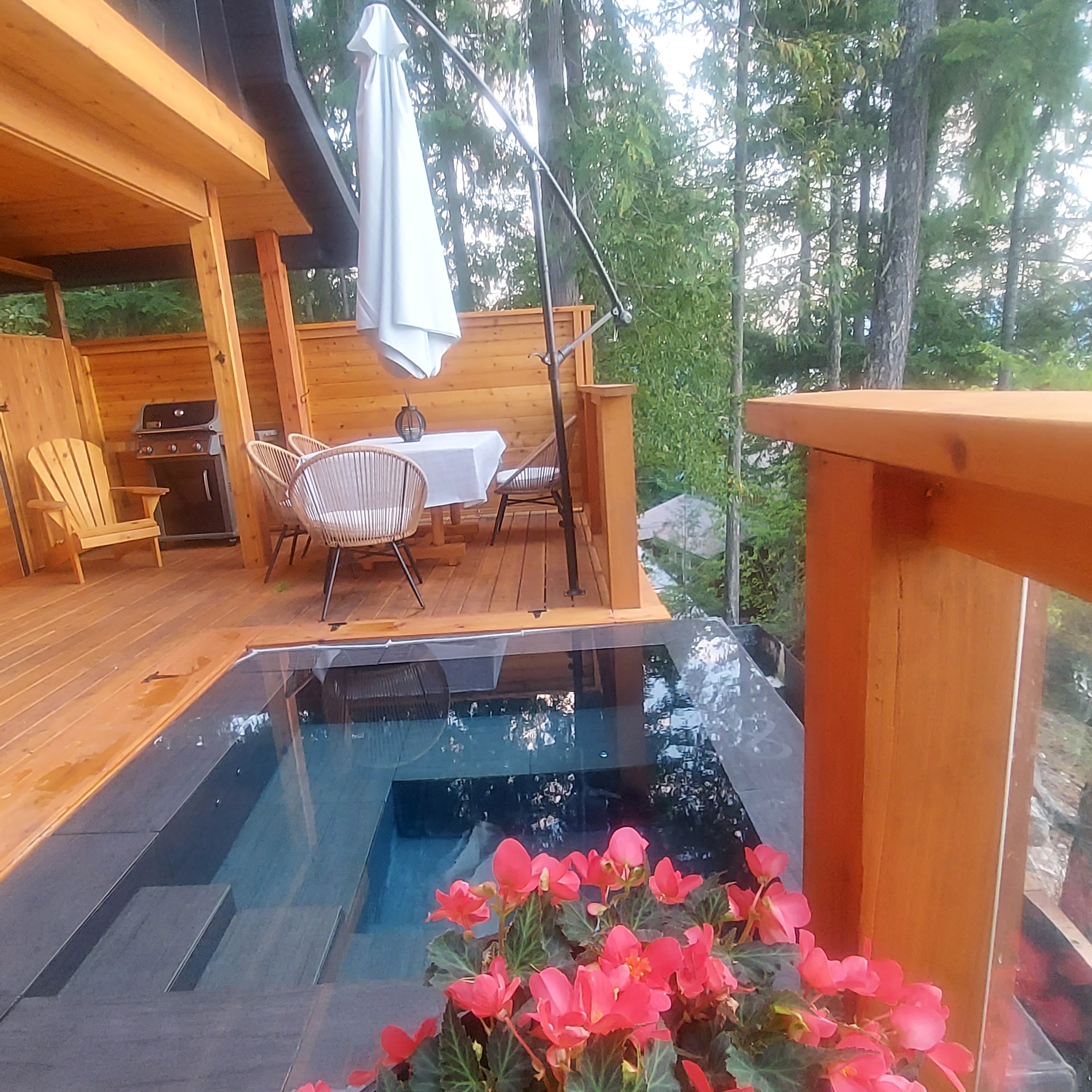From Tension to Tranquility: How Hot Springs Help with Chronic Pain & Inflammation

The persistent ache in your joints. The stiffness that greets you each morning. The inflammation that no amount of over-the-counter medication seems to touch. Chronic pain has a way of becoming an unwelcome life partner, dictating what you can do, where you can go, and how you feel day after day.
Relief might be bubbling just beneath the surface.
The Forgotten Medicine
Long before pharmaceutical companies created pain relievers, people with aching joints and sore muscles sought healing in naturally occurring hot springs. From the ancient Romans to indigenous peoples across continents, hot springs have served as natural healing centers for thousands of years.
This wasn’t superstition. It was observation-based medicine at its earliest.
Today, modern research validates what our ancestors discovered through experience: immersion in mineral-rich hot waters can significantly reduce pain and inflammation associated with many chronic conditions.
How Water Works Against Pain
The therapeutic benefits of hot springs work through multiple mechanisms simultaneously. First, there’s the simple application of heat. When your body encounters temperatures between 100-104°F, blood vessels dilate, increasing circulation to painful areas. This improved blood flow delivers more oxygen and nutrients while efficiently removing inflammatory compounds.
But hot springs offer something your home bathtub cannot – a complex mineral profile that varies by location. Many springs contain significant amounts of magnesium, sulfur, calcium, and silica – elements your body uses in natural anti-inflammatory processes.
When you soak in a hot spring, your skin absorbs these minerals. Magnesium, for instance, serves as a natural muscle relaxant. Sulfur compounds help rebuild cartilage and reduce inflammatory markers. The combination creates a therapeutic effect that works from the outside in.
The buoyancy factor shouldn’t be overlooked either. Water supports your body weight, temporarily relieving pressure on painful joints and allowing for gentle movement that might be impossible on land.
Beyond Arthritis: Who Benefits Most
While arthritis sufferers report some of the most dramatic improvements from hot springs therapy, they’re not the only ones who benefit. People managing fibromyalgia often experience reduced pain and improved sleep after regular soaking. Those recovering from sports injuries find that hot springs accelerate healing and restore mobility.
Even those with non-inflammatory pain conditions like nerve pain can find relief through the muscle-relaxing properties of hot mineral water.
What makes hot springs particularly valuable is their gentle nature. Unlike many pharmaceutical approaches, side effects are minimal when used appropriately. You won’t develop tolerance or dependency, and there’s no risk of harmful drug interactions.
The Science Catches Up
Research into balneotherapy – the treatment of disease by bathing in mineral waters – has grown substantially in recent decades. A review published in the journal Rheumatology International analyzed multiple studies and found consistent evidence that mineral bath therapy provides both short and long-term benefits for people with rheumatic diseases.
Another study in the Journal of Rehabilitation Medicine demonstrated that fibromyalgia patients experienced significant pain reduction and improved quality of life after regular hot springs therapy.
These studies add scientific weight to centuries of anecdotal evidence.
Finding Your Way to Relief
To experience the benefits of hot springs therapy, start by researching natural springs in your region. Many areas have developed these resources into accessible facilities with varying levels of amenities.
Epsom salt (magnesium sulfate) baths are an accessible alternative, though they lack the full mineral profile and environmental benefits of natural springs. Thats why at the www.privatehotsprings.com they offer a mineral natural bath bomb to take home with you or enjoy in the hotsprings to make it more of a relaxing experience.
For best results, most experts recommend:
Start with short soaking sessions (15-20 minutes) to see how your body responds. Gradually increase to 30 minutes as tolerated. Maintain proper hydration before, during, and after soaking. Consider timing your soak before bed to capitalize on improved sleep quality that often follows.
Always check with your healthcare provider before beginning any new therapy, especially if you have heart conditions or other health concerns that heat exposure might affect.
Beyond Physical Relief
Many hot springs users report benefits extending beyond physical pain relief. The experience often reduces stress and anxiety – significant factors in how we perceive and process pain. There’s something inherently calming about being immersed in warm water in a natural setting.
This mind-body connection shouldn’t be dismissed. Chronic pain creates a feedback loop where pain causes stress, which then amplifies pain perception. Breaking this cycle through relaxing therapies like hot springs soaking can be as important as addressing the physical inflammation itself.
The journey from tension to tranquility isn’t just about physical relief – it’s about reclaiming quality of life that chronic pain often steals away. For many, that journey starts with something as simple, and as ancient, as sitting in healing waters.
